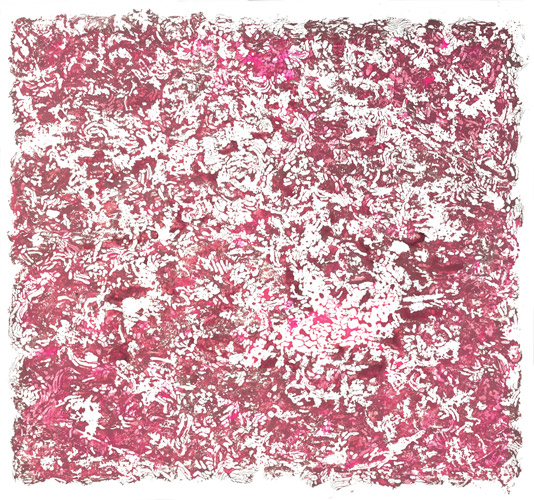From January to March 2020 I collected wood, the right amount. All sorts of branches. They are part of the studio, sometimes blending into processes and rituals: ever present. Permeating everything, the wood is a life-line to the natural world and the driving force behind the new work.
Its context is this new plague.
Plastic Forest
The Archive and the Ghost
PLF 17, 125×115 cm
The creative process of each painting resists the impact of the pandemic. At the same time, the work is conditioned by it. For that electrifying moment, I am where I need to be, isolated from the isolation imposed on us.
This is a revolutionary experience for me, turning my previous work and practice upside down. But the paintings are not only a revolution, they are a meditation on impermanence and fragility.
The undertaking of this project both challenged and shocked me. This is about a sequence – creating, taking apart and rebuilding in the digital world. The end of something and a beginning; a riposte to the violence and chaos that Covid-19 unleashed, and a way to rebound. The sequence of the three stages signifies change. It is a time of change, and an opportunity for change to other and better.
What is stored in the boxes is this story.
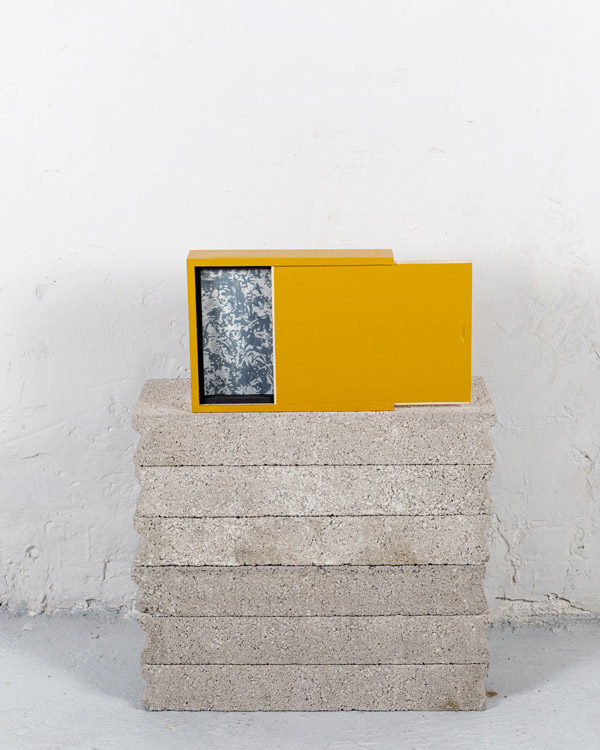
The future lies with the Ghosts
With the paintings locked physically in this state, the map of their creation lives on through photographic and digital treatment; and from the digital file of each work a unique print is created, precise in scale and exact in tone to the original painting. I call these prints Ghosts.
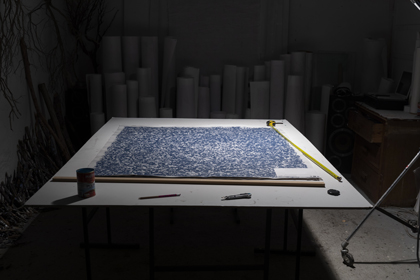
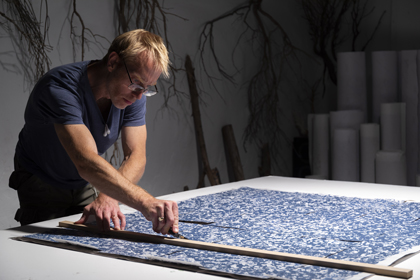
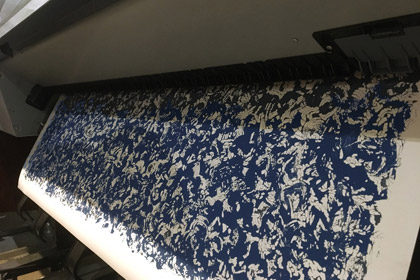
Coming to these works through a series of transformations resonates with me deeply, the intention being to encourage the same reflection on the part of the viewer. My transformational process acts as a filter, altering our understanding of the work and mimicking the processes by which we understand the contemporary world – through filters, interpretation and sometimes distortion.

The Plastic Forest series is ongoing. I continue to integrate and record my experience of pandemic, processing my thoughts and searching for ways to move forward. Plastic Forest will become simply forest, as things fit into place.

The paper I’m working on wasn’t meant to support art work.
It is an industrial lining paper with a silicon or plasticised resinous coating on one side, the side I paint on. Having already served its purpose, I give it another.
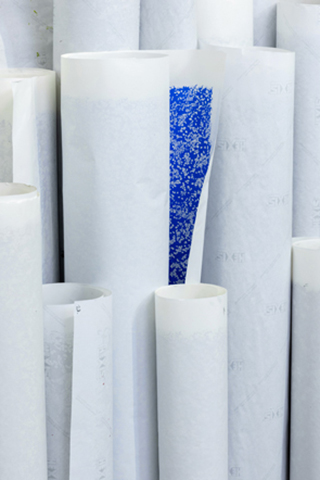
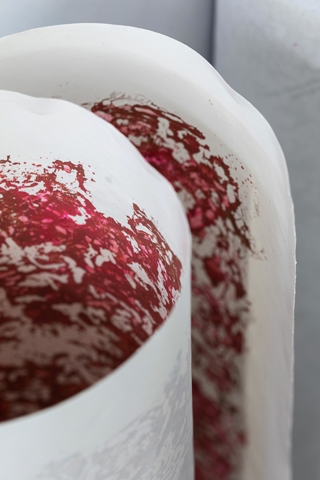
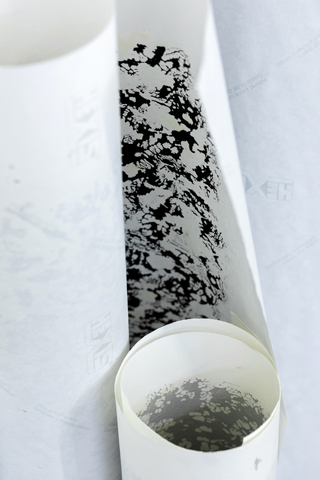
A good deal of time is taken to prepare the paints which enables me to make these variations in one act, almost a single gesture. There is no point of focus or formal composition, there is no discernable entry or exit point. How I finish the painting is how I start it, acknowledging its brevity, unburdening us of everything but application: the immediate, visceral experience of creating.

I’m using brushes again after several years without. Brushstrokes are explorative, cyclical without being systematic; mimicking clockwork movements and echoing the paper’s previous universe. I’m as far as I could be from Nature.
The reaction as paint touches this surface is explosive, rendering the process indifferent to any controlled or restrained mark making; the acrylic colours migrate as the paper rejects them, as they dry they settle somehow. The paint moving mimics the (slower) motion of vegetal growth; here, I’m getting closer to nature.
It is a moment of poetry and chaos and an alchemy.
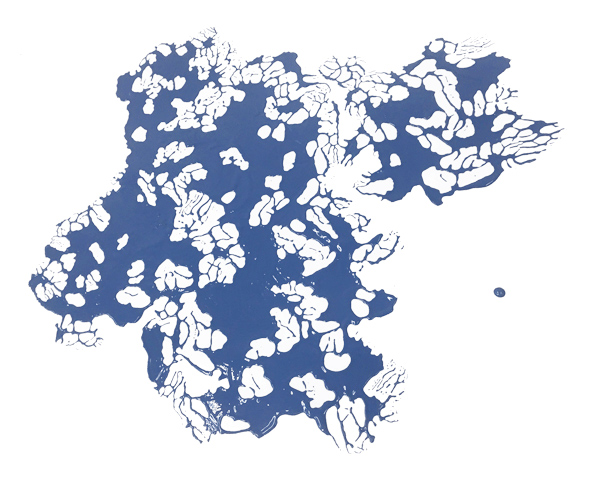
Recording works from the Plastic Forest series
The techniques used are from the world of graphic arts and the printing industry, with archival/museum level reproduction. The original paintings are photographed in multiple high resolution shots under controlled lighting. After the digitalisation, the original colours are measured by spectrophotometry.
A high quality archival paper has been chosen and pigmented prints ensure longevity. A series of tests was made on this paper and measured successively to minimalise the difference with the original painting.
A final, unique print is then produced; all tests and failures have been destroyed.
Phillipe Cas

Collaboration
I’ve learnt from working alongside Alex on the AAD series what a force collaboration can be. We are stronger together.
So I can’t say for certain that I’d have undertaken such a project if it weren’t for the respect and faith I have in Philippe, who is archiving and printing the series.
Philippe Cas, artist in his own right, has followed this project from its conception. He understands what I’m getting at and knows the work inside out. I am not simply asking someone to make documents, I have an ally.
Jonathan Lane, Marseille, 2022


